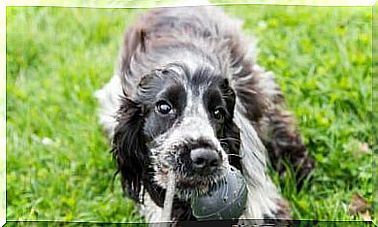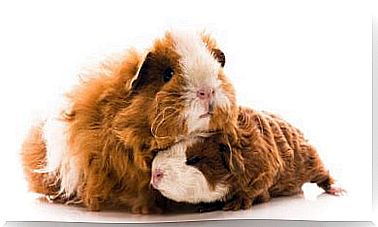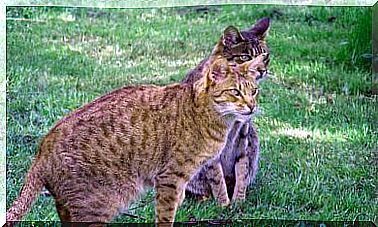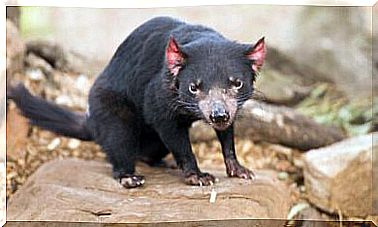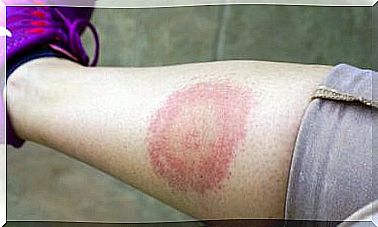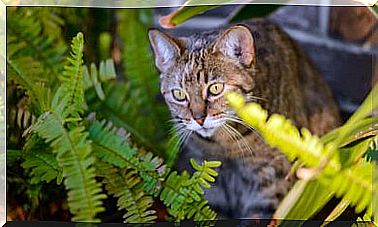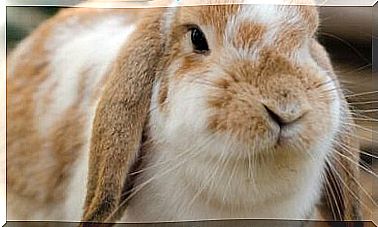How To Train A Potentially Dangerous Dog?
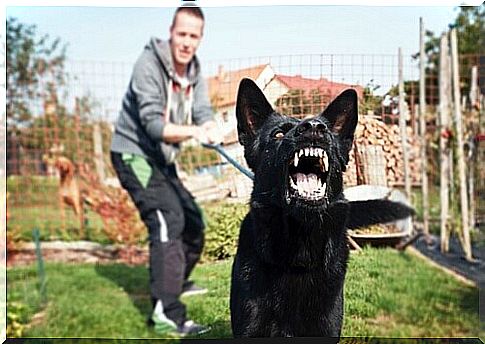
Some say that any DOG, regardless of breed or size, is potentially aggressive and dangerous. There are veterinarians and animal and pet rights advocates who explicitly reject the term Potentially Dangerous Dog (CPP). They argue that the proper classification is Strong Breeds. So we’ll focus today on explaining how to train a potentially dangerous dog.
However, even though many studies claim that, in terms of aggressiveness levels, Chihuahuas are much more aggressive than pitbulls, biting one and the other, in addition to having consequences, cannot be compared to each other.
The problem, in most cases, is not with the animals or their supposed propensity for violence. The key point in the question of the dangerous dog, of dogs that show themselves to be aggressive or with general behavioral problems, is usually their owner; the one responsible for training him.
A dog, no matter what its breed, that is mishandled or trained through the use of violence becomes a potentially dangerous dog.
The Laws Concerning the Dangerous or Violent Dog

One may or may not agree with the use of the term potentially dangerous. But it’s true that there are races that, if they don’t have proper training and get out of control, become a risk that can be deadly.
Legislation in a number of countries regulates the ownership of these animals. It is an attempt to minimize possible risks brought by them.
List of breeds most at risk of becoming potentially dangerous dogs
The races within the CPPs category are:
- american pitbull terrier
- staffordshire bull terrier
- American Staffordshire Terrier-Amstoff
- Rotweiler
- Argentine Dogo
- Brazilian queue
- Tosa Inu
- Akita Inu
Citizens who wish to adopt a dog of these breeds must meet certain requirements. You must be of legal age, have no criminal record and have proven physical and psychological capacity.
Details that must be taken into account
There is a consensus that the animals that present the greatest risk to people are those whose chest perimeter varies between 60 and 80 centimeters. In addition, its height varies from 50 to 70 centimeters, it has a voluminous and robust head, in addition to a broad and large skull, muscular and curved cheeks, a giant and strong jaw, wide mouth and weighs over 20 kilos.
The first few months of life largely define the dog’s personality. Puppies must remain in the care of their mothers until they are two and a half months old. This time is essential for them to learn everything related to canine language, as well as some typical behavior codes of these animals, such as when and how to use the bite.
Likewise, during the first four months, he should socialize with as many animals as possible, as well as with people beyond his “nuclear family”. Specialists argue that animals that skip this phase or do not take full advantage of it will be animals that, when they grow up, will present behavioral problems.
clear orders
Dogs don’t understand ambiguous or contradictory or imprecise orders (sometimes yes, sometimes no). For them to become fully balanced animals, they need to be clear about what they can do and what they can’t.
In addition, they must learn to follow basic orders, such as sitting, playing, walking with the owner (neither in front nor behind) and always answering the owner’s call.
In the case of CPPs, the legislation of countries such as Spain also imposes a series of conditions for these animals to go out into the street, such as, for example, the use of a strap and muzzle is mandatory. From puppies, owners must get their pets used to using them. It is recommended that this be done through the use of play and positive reinforcement.
A dog that associates the muzzle with food or going for a walk usually has no problems using it.
Behaviors that must be fixed quickly
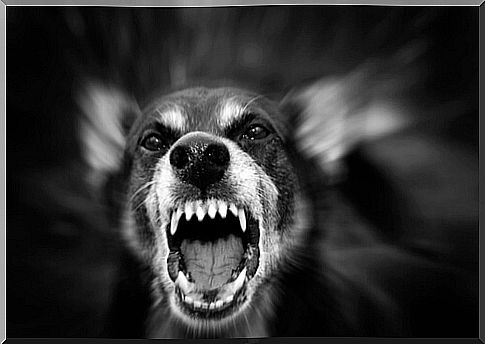
There are behaviors of some puppies that should never pass over. If not corrected quickly, they can become irreversible:
- Excessive resource protection. These are the dogs that growl when someone takes a toy from them, for example.
- Shows aggressiveness when they wake you up or move you.
- It chases other animals, causing them damage or even death.
- Does not take orders.
- Shows fear or attacks strangers.
- is anxious
In the same sense, it is important to take into account that aggressive behavior can originate from organic causes, such as diseases that cause a lot of pain in the animal.


